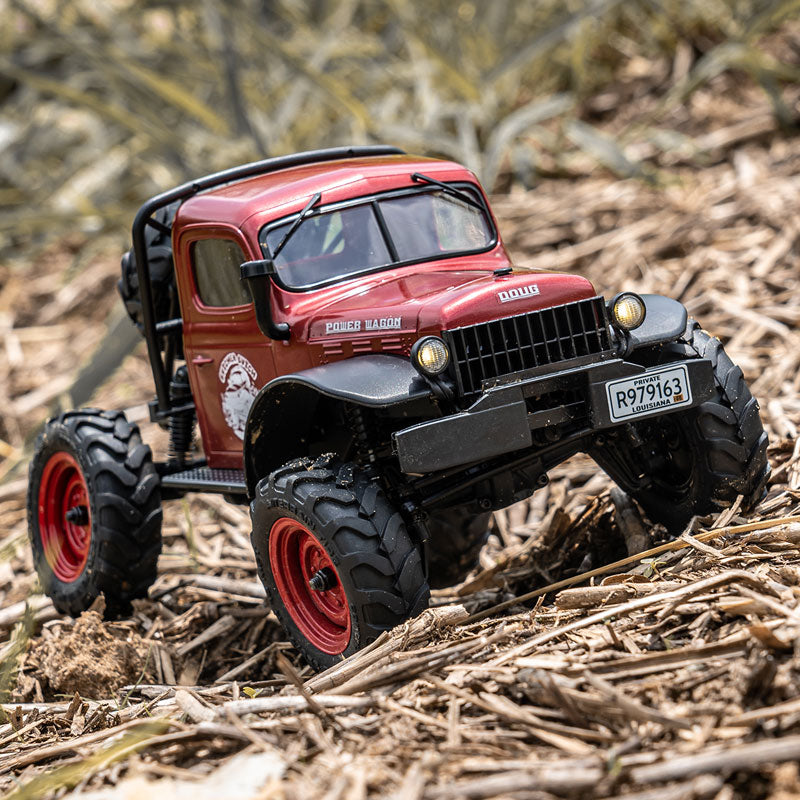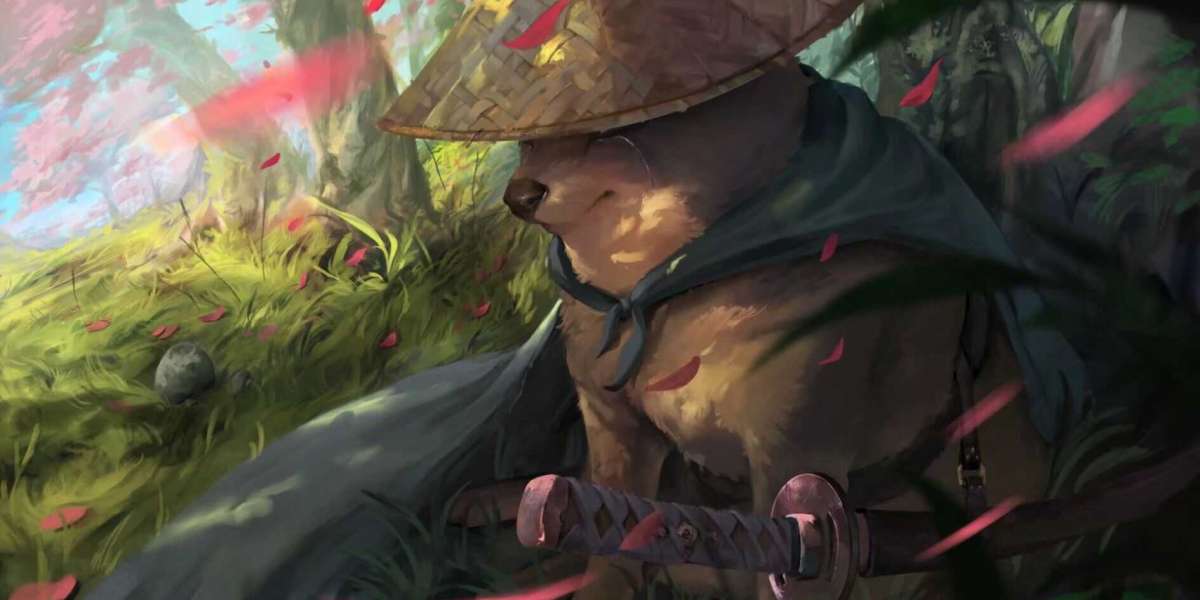Creating an engaging RC rock crawler course is an exciting endeavor that can elevate your remote-controlled vehicle experience. Whether you are a seasoned enthusiast or a newcomer to the hobby, understanding the fundamentals of course design is crucial. This article will guide you through essential tips and tricks to help you build the ultimate course.

Understanding the Basics of an RC Rock Crawler Course
Before diving into the design process, it is important to grasp the basic elements of an RC rock crawler course. A well-constructed course should challenge the vehicle's capabilities while providing a fun and enjoyable experience for the driver. Key components to consider include:
- Terrain Variety: Incorporate different surfaces such as rocks, dirt, and gravel.
- Elevation Changes: Include hills and valleys to test climbing and descending skills.
- Obstacles: Add logs, boulders, and ramps to create challenges.
Choosing the Right Location for Your Course
The location of your RC rock crawler course plays a significant role in its overall design. Ideally, you should select an area that offers natural features conducive to crawling. Consider the following factors:
- Accessibility: Ensure the site is easy to reach for regular use.
- Space: Look for a large enough area to accommodate various course layouts.
- Safety: Choose a location free from hazards that could damage the vehicles or injure participants.
Designing the Course Layout
When designing your RC rock crawler course, think about the flow and layout. A well-planned course should provide a mix of challenges and allow for multiple routes. Here are some tips to consider:
- Start Simple: Begin with basic obstacles and gradually increase complexity.
- Test and Adjust: After initial construction, run your crawler through the course and make necessary adjustments.
- Incorporate Turns: Adding curves can enhance the driving experience and test maneuverability.
Enhancing the Experience with Features
To make your RC rock crawler course even more engaging, consider adding features that enhance the overall experience. These can include:
- Scale Models: Incorporate miniature buildings or vehicles to create a realistic environment.
- Water Hazards: If feasible, include small ponds or streams to add an extra challenge.
- Lighting: For evening crawls, consider installing lights to illuminate the course.
Conclusion
Designing the ultimate RC rock crawler course requires careful planning and creativity. By understanding the basics, choosing the right location, and thoughtfully designing the layout, you can create a course that offers endless fun and challenges. Remember, the key to a successful course is to keep it engaging and adaptable to different skill levels. Happy crawling!








